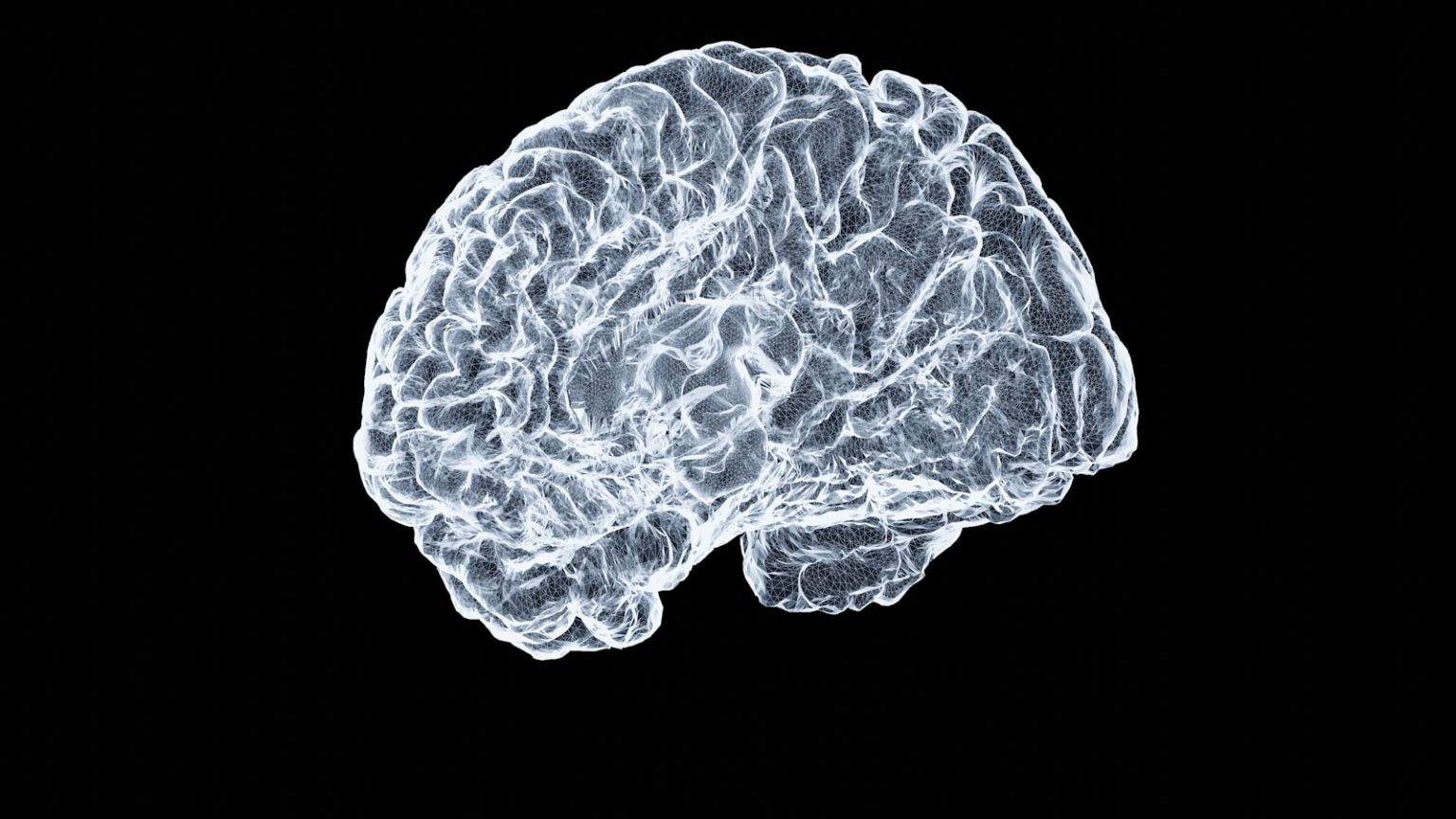I recently discovered something fascinating about myself that has profound implications for how we understand human adaptability. After a year of severely impaired vision in my left eye and five surgeries later, my brain did something remarkable—it switched my dominant eye from left to right.
This wasn’t a conscious choice. My brain simply adapted to my new reality without my awareness or permission. I only discovered this change during a routine check with my eye doctor this spring, and I was genuinely shocked.
The Surprising Science of Eye Dominance
Most people don’t realize they have a dominant eye, just like they have a dominant hand. Your dominant eye is the one your brain prefers for visual input and spatial information. You can easily test which is yours:
- Extend your arm and point at a distant object with your finger
- Look at the object with both eyes open
- Close one eye, then the other
- When you close your non-dominant eye, your finger will appear to move from the target
What makes my case unusual is that I was born left-eye dominant despite being right-handed. This created challenges in activities like shooting, where I had to adapt my technique to accommodate this cross-dominance.
Then my left eye’s vision deteriorated to the point where looking through it was like trying to see through wax paper. Even now, after multiple surgeries, it’s like looking through stretched plastic wrap—functional but distorted.
View this post on Instagram
The Brain’s Remarkable Plasticity
The fact that my brain could rewire itself to make my right eye dominant without any conscious effort on my part is a powerful testament to neuroplasticity. Our brains constantly adapt to changing conditions, forming new neural pathways and strengthening existing ones based on our experiences and needs.
This adaptation happens whether we’re aware of it or not. My brain didn’t consult me before making this change—it simply recognized a problem and found a solution.
Isn’t that interesting? Well, there’s a physical and a deeper meaning to that, I think. So I think it’s just amazing that our brains can remap. They’re plastic.
Beyond Physical Sight: Our Dominant Perspectives
This experience has made me think about other ways we have “dominant eyes” in our lives. We all have dominant perspectives—preferred ways of seeing and interpreting the world around us. These perspectives shape our decisions, relationships, and how we navigate challenges.
Just as I had to learn different techniques for shooting with cross-dominance, we sometimes need to adapt our mental approaches when our usual perspectives don’t serve us well. The difference is that while my brain automatically switched my physical eye dominance, changing our mental “dominant eye” often requires conscious effort.
Consider how you might benefit from occasionally closing your “dominant eye” in various situations:
- In conflicts, try seeing the situation through the other person’s perspective
- When facing challenges, experiment with approaches that feel unnatural to you
- If you typically analyze problems logically, try engaging with your emotional responses
The brain’s ability to adapt and remap itself is one of our greatest strengths as humans. My unexpected eye dominance switch has become a powerful reminder that we’re wired for adaptation and growth, even in circumstances we didn’t choose.
Next time you face a challenge that seems insurmountable, remember that your brain has incredible powers of adaptation. You might just need to close your dominant eye and see things differently.







